This month we’re celebrating 40 years of funding telecoms research networks and the enduring success and connections made in this series of eight COST Actions in mobile and wireless communications.
The story starts back in 1984 when the 207, first COST Action in this field, kicked off and it continues right up to modern day with the running COST Action INTERACT. No one could have imagined that when 207 kicked off it would create an ongoing legacy of eight COST Actions that would inspire and connect over 2500 researchers and innovators.
Please note that some of the earlier Actions predate our online COST Action archive which means MC members and MoUs are not always available on the COST Action pages. All original MoUs are available here on the INTERACT website.



Impact and outputs
For over four decades these networks have helped to shape the very way we communicate. These networks laid the foundations for the GSM standard and helped shape the successor standards of modern-day mobile phone communications, a legacy that cannot be overemphasized.
The results of these 40 years are varied and are both tangible and intangible: workshops and conference, joint papers, books, trainings, white papers, standards, new project consortia, recommendations, and career-long connections.
“The fact that this community has been capable of successfully proposing and running continuously Actions for 40 years deserves to be celebrated, not only because this is an achievement by itself but also because it represents the capacity of researchers to establish a long-term relationship of trust and collaboration in a bottom-up approach, brining up the best out of the concept of networking” explains Luis M Correia, Chair of COST Actions 259 and 273.



The research outputs of these networks has dominated the research landscape with many books in multiple languages:
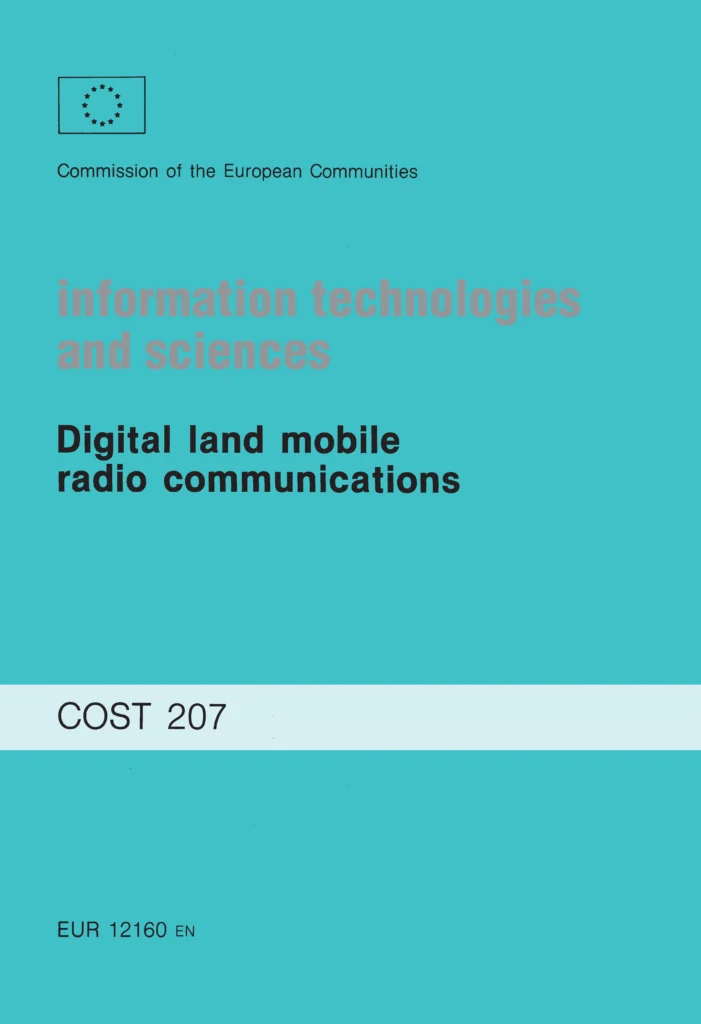



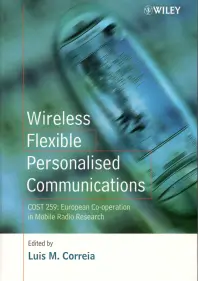



‘Mobile Broadband Multimedia Networks’ was also translated into Chinese
What were the main achievements of each of these networks? The Chairs of these former networks look back:

In the 90’s and early 00s “COST Actions 259 and 273 addressed many aspects in mobile and wireless communications, namely their radio aspects. They occurred when the development of 3G was finished (259) and the 4G one was starting (273), so key topics were directional channel models and test methods for handset antennas for the former and MIMO channel modelling and systems characterisation for the latter” explains Luis M Correia, Chair of both Actions 259 and 273. “As usual, these results were only possible due to the close cooperation among the colleagues participating in the Actions and actively contributing to them” he adds.
Moving on “COST Action 2100 was developed at the start of 2006. Through the realisation of the 2100 channel model and other relevant Action-generated initiatives, it contributed to the standardisation of 4G“, reflects Roberto Verdone, Chair of 2100.
From 2010 onwards “IC1004 produced the video of our community on the essential concepts, use cases, and enabling technologies of the 5G radio access networks. This work was published as a white paper at the beginning of the Action, and technically detailed in the final book” explains Narcis Cardona, Chair of IC1004.
Finally, in 2016 “IRACON built upon the previous Actions to address many of the 5G ingredients, spanning the gamut from massive and distributed MIMO, millimeter wave and cooperative RAN to application scenarios. My wish would be for IRACON to be associated with 5G, not only in terms of channel modelling but also for signal processing, algorithms & protocols” reveals Claude Oestges, Chair of IRACON.



Memories and testimonials from the community

“Being the Chairperson of a COST Action on mobile communications that collects the interests of more than 500 researchers, more than 100 institutions, gives you the feeling you steer the future of mobile.
Nonetheless, my best COST memories are the talks in the corridors, during the breaks, with the younger researchers, the PhD students making questions asking suggestions regarding their future.”
Roberto Verdone, Univ. Bologna, Italy & Chair COST Action 2100
“I joined COST 273 contributing to mobile and wireless channels and ever since I continuously encourage others to join. This is as much about science and technology as it is about community building, knowhow transfer, coaching and competition, and, maybe, most importantly cultural diversity. I found best friends here. The common goals unite us.”
Christoph Mecklenbräuker, TU Wien, Austria
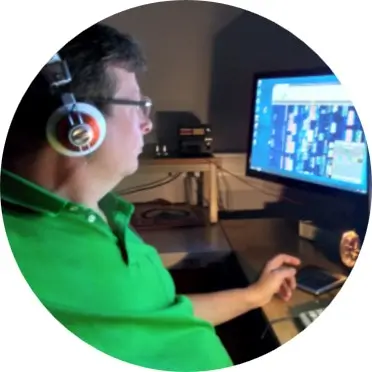

“I am a member of the COST wireless community since 2012 (which was then the COST Action IC1004). It goes without saying that COST is the perfect framework for networking, setting up collaboration and getting feedback on your latest research. But what I found even more important is that from the very first minute I felt very welcomed in this community! By taking up a leadership role in this Action I hope to give something back to the community – especially for young and female researchers – that it has given me.”
Margot Deruyck, University of Ghent, Belgium, and Science Communication Coordinator for COST Action INTERACT
“I have been participating in COST since Action 259. At the time my Professor, Gabriele Falciasecca, used to insist that this “COST” was very important. Only now, after so many years, I understand how right he was. Thanks to COST I met many colleagues and friends and almost all the most important collaborations of my career began from there.
Vittorio Degli Esposti, Unibo, Italy
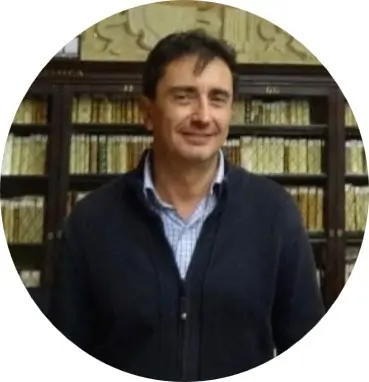




“I am a member of our Radio COST Community since 2013. Joining this group was one of the best decision in my life, both private and professional. I have met here many world famous researchers, which gave me the opportunity to learn from and collaborate with the best. But I have also met here many friends, that remained friends for much longer that only single action period. It is a great honour and pleasure to be a part of Radio COST Community.”
Sławomir J. Ambroziak, Gdańsk University of Technology, Poland
“I joined COST family in winter 1990 attending a specific WG2 (Propagation) meeting in a snowy Darmstadt, with the objective to define both the indoor and microcell COST 231 propagation models. I have to confess that I was not prepared for such a cold weather but I was not prepared either for the warm welcome by COST people.
Since minute zero we started working in small groups thanks to Dr. Lorenz organization capability, and sharing our knowledge. Also with time to have a lot of fun. Since that moment I felt in love with COST Actions. Many years later I realized that I was the first and unique woman writing in the COST 231 final book.“
Silvia Ruiz Boqué, Head of WiComTec research group, UPC, Spain
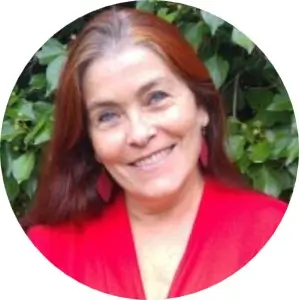

“After COST 207, that was founded by “GSM enthusiasts”, I saw later Actions on Wireless Communications develop a stabile critical mass of participants from academia, industry, and governmental institutions.To illustrate the specific atmosphere of this community, I give two quotes that struck me. Henry Bertoni from New York visiting a COST meeting some 15 years ago was amazed both by the composition of the participation, from PhD. students to Professors and team leaders close to retirement and the variety of disciplines, and by the openness of the discussions: “Not available in the US and likely impossible there“. Then Ernst Bonek, a former Working Group Chair, formulated it somewhat later as follows: “In EU projects, you are partners, here in COST you are colleagues“. To me, this summarises the de facto Network-of-Excellence in Wireless Communications based in Europe.”
Wim Kotterman, TU Ilmenau, Germany
“In my very first day in a COST meeting in 1993, I was a Ph.D. student without any support attending for the first time a meeting in which I knew nobody. In minutes, I was integrated in the group and my work listened to as if I were a Senior Professor.
That’s the COST spirit, and this is why I never step down from the Actions. The last day being a Chair, I looked what we had achieved, enrolling in the Action a record number of companies and institutions from many countries in Europe and worldwide and so I knew the efforts had been rewarding just for that.”
Narcis Cardona, Univ. Polytech. Valencia, Spain & Chair of COST Action IC1004



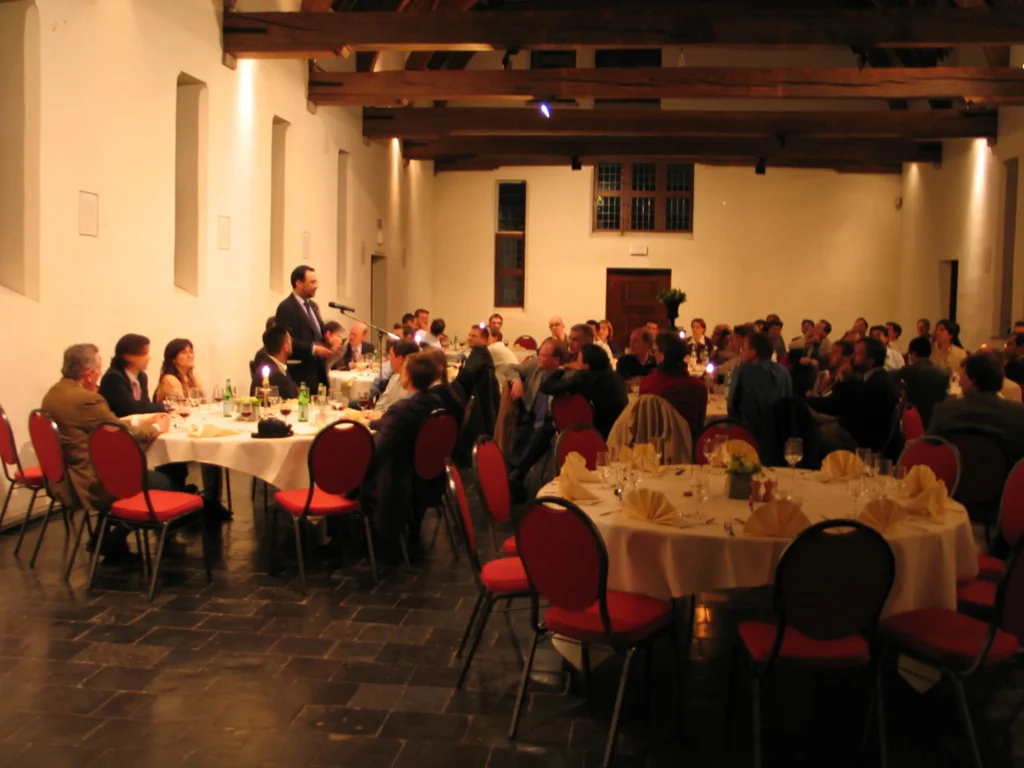
The story continues
Network members past and present joined policymakers, senior academics, industry experts, and the current Action INTERACT in Lisbon on 22 January 2024 to celebrate this milestone. Presentations and panel discussions showcased memories, highlighted the impact of 40 years of research networks, and demonstrated how these Actions have strengthened the telecommunications R&D sector.
“It was a very special moment for COST Association to join this community and mark 40 years of COST Actions in wireless communications. These eight networks have embodied the very essence of COST by championing inclusivity and welcoming researchers from across the world, supporting the career development of many young researchers in the field, and fostering bottom-up innovation and emerging research in the wireless sector” reflected Dr Anusha Panjwani, Head of Science Department at COST Association.






As we close this chapter in Lisbon we are left with no doubt that the COST Actions on mobile and wireless communications are one of the biggest success stories in the long history of COST. We hope the community will continue to stay connect, innovate, attract and support emerging talent, and address the future problems of the next generations of systems to come.
Are you inspired to be part of this journey? The current ongoing Action in this field is ‘Intelligence-Enabling Radio Communications for Seamless Inclusive Interactions‘ (INTERACT). Chaired by Dr Laurent Clavier, INTERACT has a thriving community of 570+ Working Group members and runs until October 2025. “INTERACT started when 5G was launched. The main contribution I expect from this Action is to provide a solid scientific basis for future networks (6G or other), leaving aside short-term or essentially economic improvements in favor of a more long-term and human-centered vision” Clavier explains.
With regular open calls for Short-Term Scientific Missions, ITC Conference Grants, Training Schools, and other events there is plenty of opportunity to get involved and you too can be part of the next 40 years of COST Actions in wireless communications.

